SEO Content: Complete Beginner’s Guide
Written by Brian Dean

This is a complete guide to creating SEO content.
In fact, the techniques I’m about to show you helped me rank #1 in Google for competitive keywords like “SEO campaign”:

And “on page seo”:

So if you want to learn how to write content for SEO, you’ll love today’s guide.
Let’s get started.
What Is SEO Content?
SEO content is online content designed to rank in search engines (like Google). Also, content written for SEO is typically optimized around a specific keyword.
And when it comes to search engine optimization, make no mistake:
Content is KEY.
In fact, HubSpot reports that businesses that regularly publish blog posts get 350% more traffic than those that don’t publish content on a regular basis.

Google has even come out and said that content is a SUPER important part of succeeding with SEO. Specifically, they confirmed that “content” is one of Google’s top 3 ranking factors.

And I can speak from firsthand experience that content marketing can help you get LOTS of organic traffic.
In fact, I regularly publish content on my blog that’s specifically designed to rank in Google.
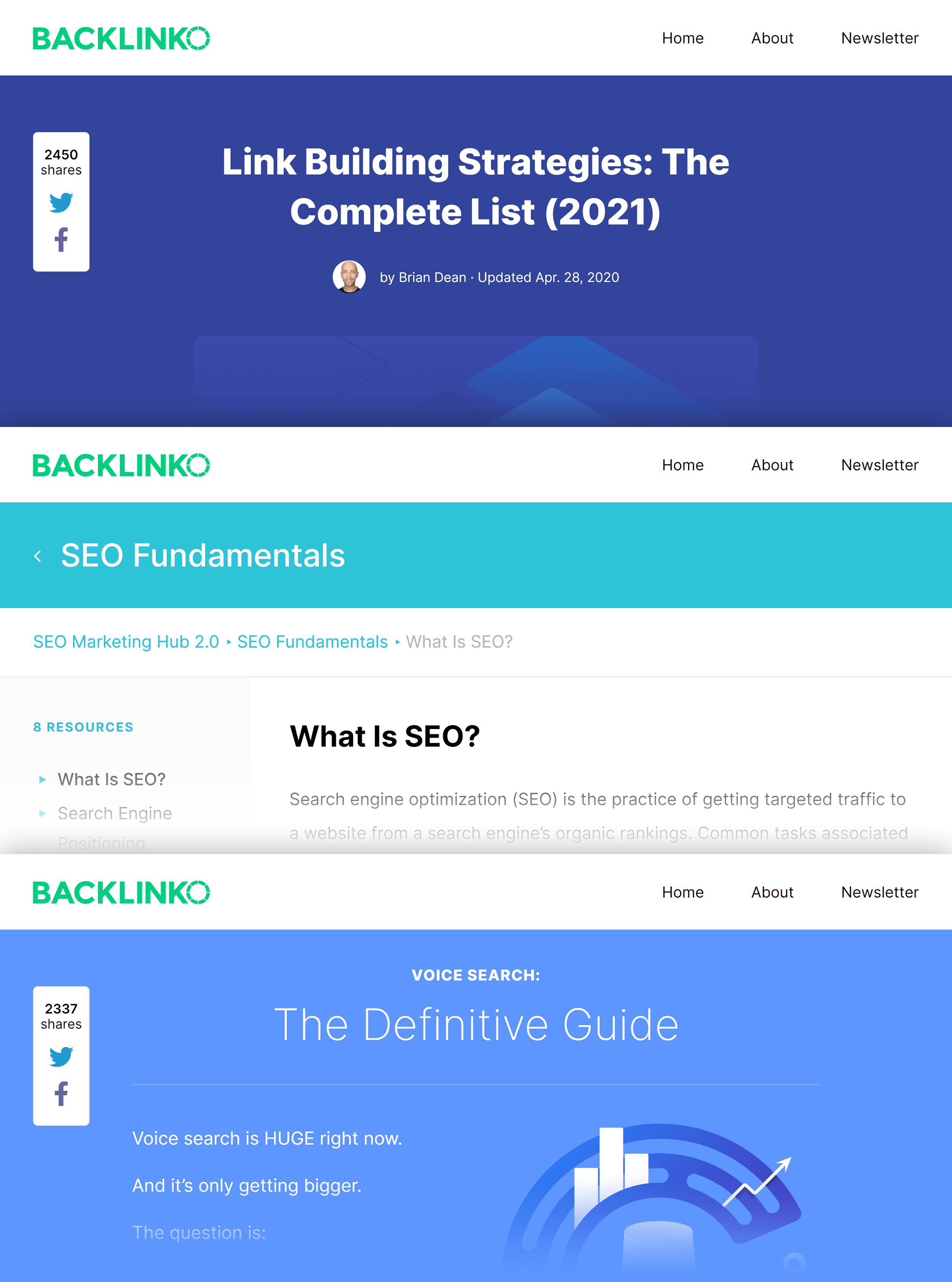
And this SEO-focused content strategy is one of the main reasons that my site gets 449,058 search engine visitors every month.
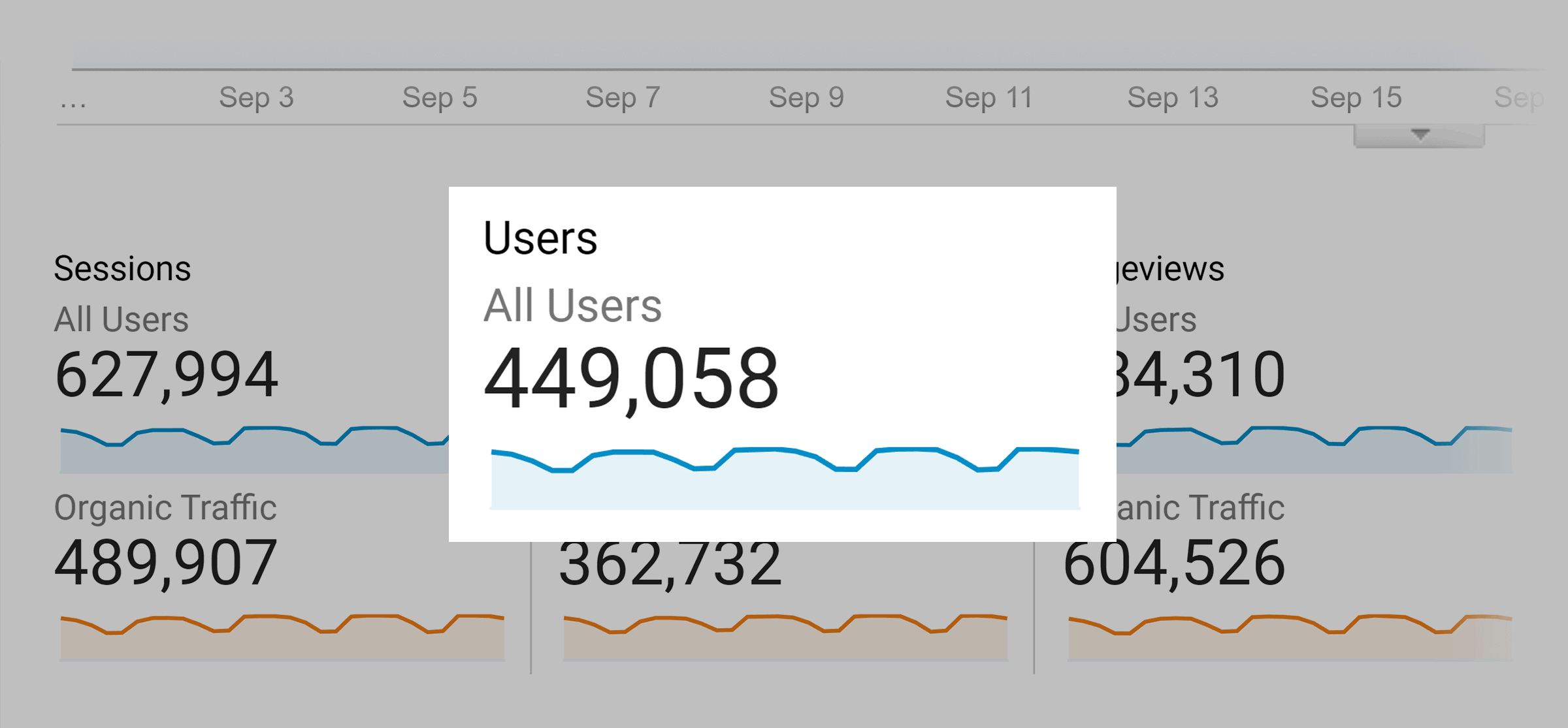
With that, here’s exactly how to create content for SEO.
How to Write SEO Content
Step #1: Choose a Topic
Your first step is to come up with a topic for your content.
Specifically, you want to cover a topic that your target customer cares about.
Here are 3 quick ways to find content ideas and come up with awesome topics:
- Reddit: Head over to active subreddits where your target audience tends to hang out. And look for topics that tend to come up again and again. These can be GREAT topics to cover in a blog post or video.
- Competitor Blogs: Look at popular blog posts, videos and infographics from your competitors’ blogs. What do they have in common? What can you emulate (or improve)?
- Personas: Personas can help flesh out what type of content your target customer searches for online when they’re not searching for your product or service. Here’s an example:

For example, my target audience is made up of people that do marketing full-time.
A while back I noticed this discussion on the SEO subreddit.
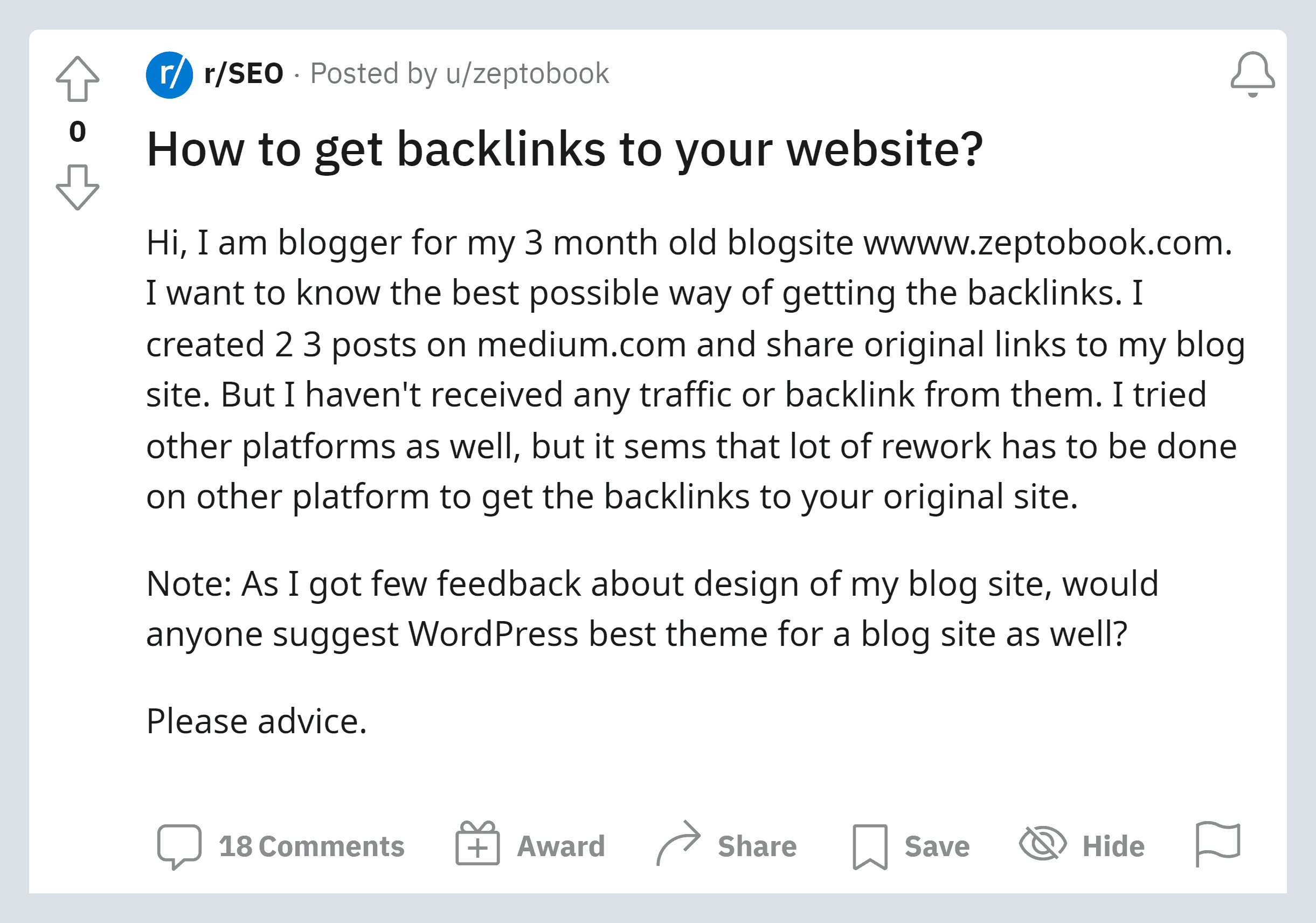
So I decided to create a post that answered that specific question:
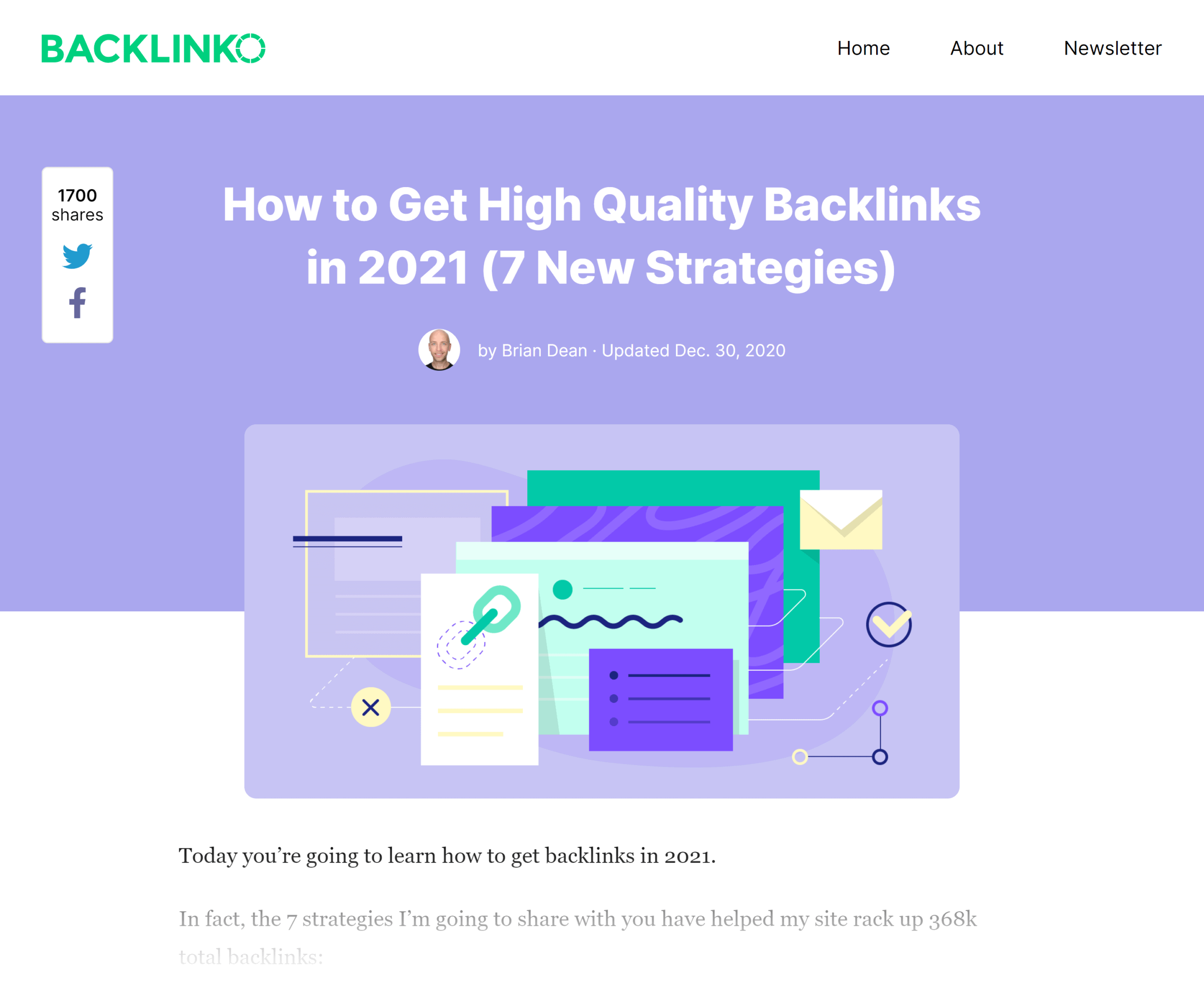
Simple.
Step #2: Find a Keyword
Now it’s time to find a keyword for your content.
To be clear:
Keyword research is a HUGE topic. So I can’t cover everything there is to know about finding keywords here.
But I can give you a handful of quick keyword research techniques that are working great right now.
First, use Google Suggest to find long tail keywords.
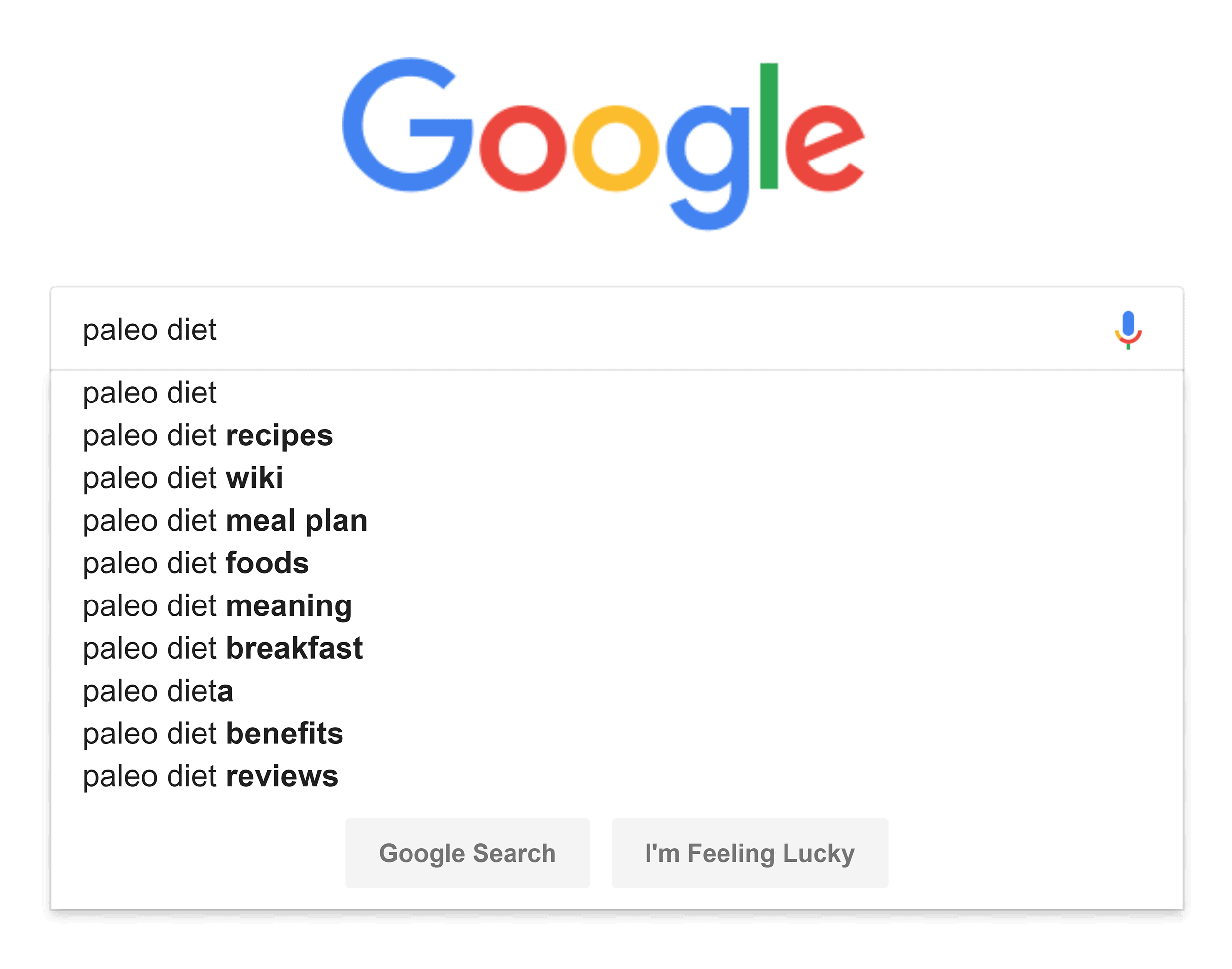
What’s cool about this technique that is you get to see keywords that people are searching for right now. Which means these terms aren’t super competitive (yet).
Second, use Ubersuggest.
This free keyword research tool helps you come up with new keyword ideas. It also lets you know how many people search for that keyword in Google every month.

Finally, type a few different words and phrases into AnswerThePublic.
Unlike most other keyword tools, AnswerThePublic focuses 100% on questions. So if you want to create content optimized around question keywords (like: “Why is content marketing important?”), this tool is a goldmine.
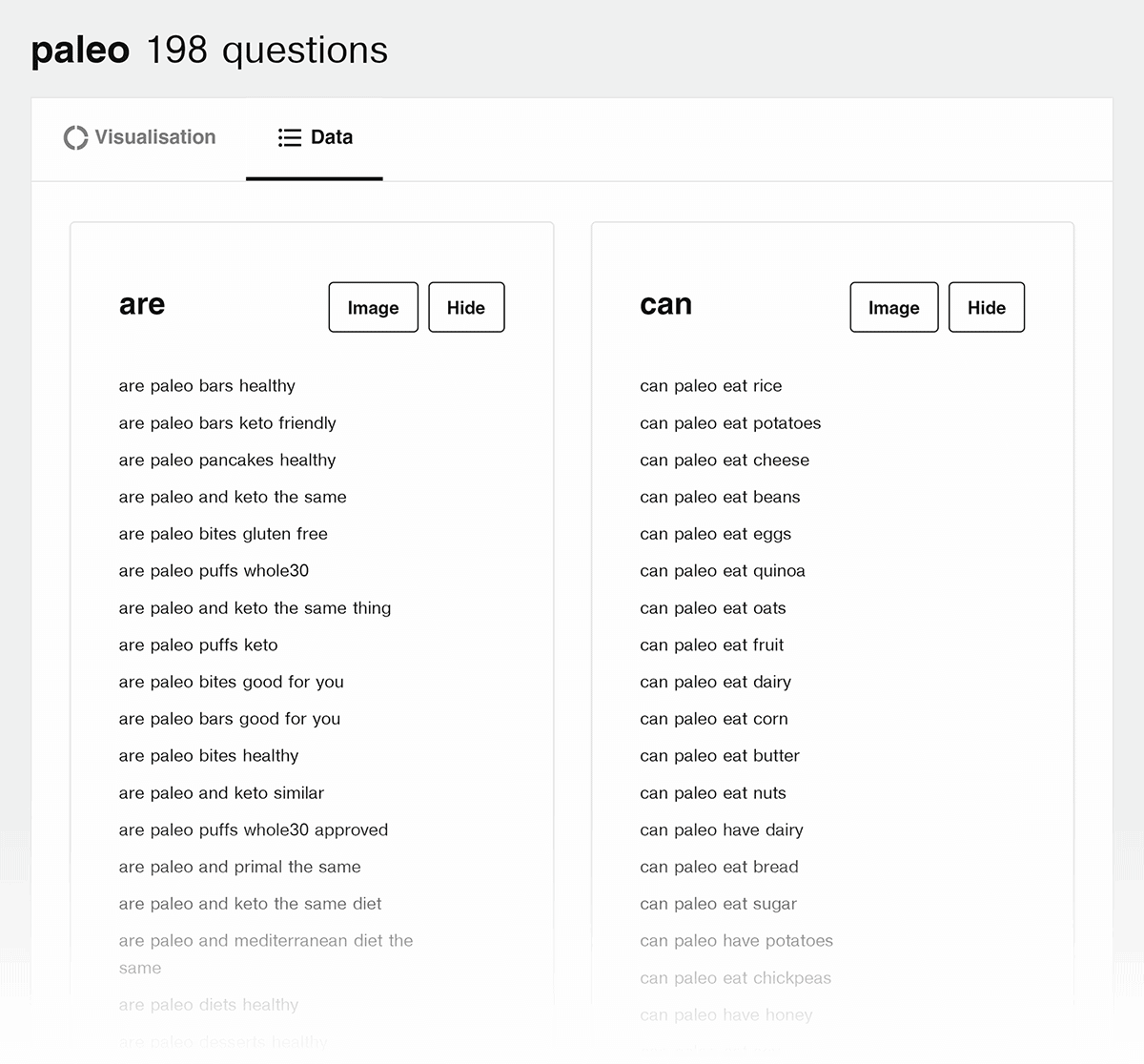
And if you want to see a lot of these strategies in action, I recommend checking out this short video.
Go ahead, I’ll wait 🙂
Then, move on to step #3…
Step #3: Write Comprehensive Content
Here’s the dirty little secret about SEO content:
If you want your content to rank in Google it needs to be AWESOME.
In other words:
“Quality content” isn’t enough. Your content needs to be the best result for a given search… or it’s not gonna rank. In fact, amazing content is the key to SEO success.
How do you do that?
Write comprehensive content.
In other words: publish content that gives someone searching for a keyword everything they need.
For example, few years ago I published this complete guide to mobile optimization.
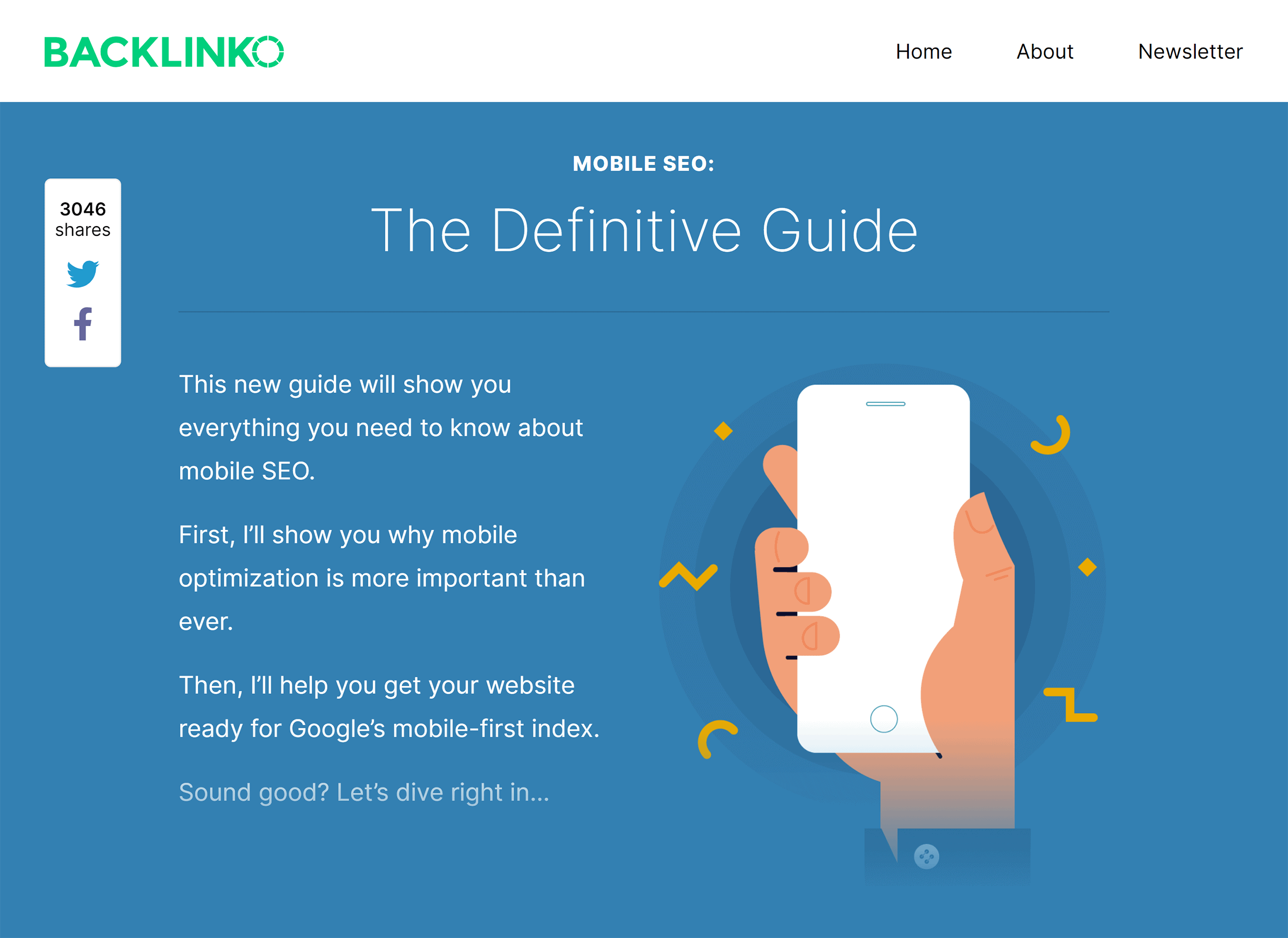
Now I could have written something like: “5 Mobile SEO Tips”.
But I knew that comprehensive content had a MUCH better chance of ranking #1 in Google than a short post.
And I was right!
A few months later, my guide hit the #1 spot for my target keyword:

As you might expect, comprehensive content tends to be MUCH longer than your average 400-word blog post.
In fact, our Google ranking signals study found that the top 10 results for most keywords tended to be 1,447 words in length on average:

Why does long content rank better?
- Longer content helps give Google more information about the topic of that webpage. This makes them more confident that your page is a relevant result for that keyword.
- As I mentioned earlier, long-form articles can cover A LOT more than a 300-word blog post on the same topic. This means long articles answer searchers’ queries better than short content.
- Long content tends to attract more links and social shares than shallow content.
For example, the mobile SEO guide I mentioned earlier is 4,330 words.
Was that piece of content easy to write? Heck no!
The first draft alone took over 20 hours.
That said, writing long-form content can be a competitive advantage for you.
Your competition is probably too lazy to write in-depth pieces. This means that you’ll instantly separate yourself from the pack when you start publishing insanely-thorough stuff.
With that, let’s move on to our next step in the SEO content writing process.
Step #4: Optimize for Users
Now that you’ve written a piece of content, it’s time to optimize it for users.
Specifically, you want to make your content SUPER easy to consume.
Because the fact is this:
If your content isn’t easy to read and understand, it WON’T rank.
(Even if your on-page SEO is PERFECT.)
That’s because Google now uses “User Experience Signals” (in addition to traditional ranking signals, like backlinks) to figure out which results deserve to rank #1 in the SERPs.
So if people LOVE your content, it’s going to get a rankings boost.
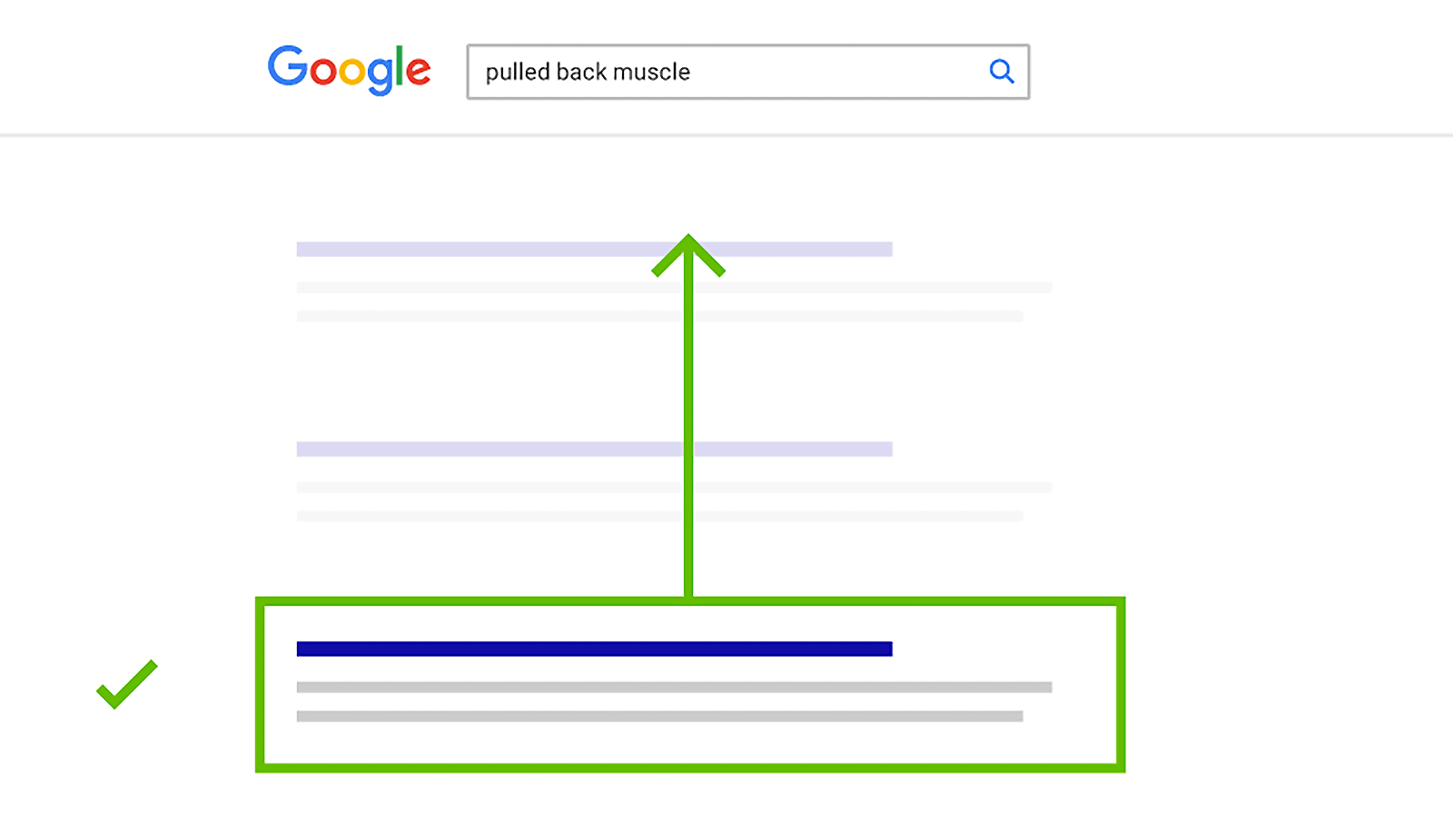
With that, here are some SEO copywriting tips that you can use to make sure your content satisfies users and search engines.
First, make the first few sentences of your content REALLY short.
Research shows that people prefer to read short sentences. Readers also don’t like wide blocks of text that spread from one end of the screen to the other.
That’s why you want to make the first few sentences of every article and landing page on your site super, super short.
Also, crunch those first 5-10 sentences between huge margins so that people’s eyes don’t have to dart back and forth as far.
I follow this rule for every post:

Second, I recommend adding lots of multimedia to your content.
In other words: use video, audio, diagrams, charts, interactive media, quizzes, games and infographics.
When you have quality multimedia in your content, you satisfy a larger chunk of the people that come to your site Google.
People that like videos will sit back and watch your YouTube video.
People that like to read will skim your blog post.
And audio junkies will put on their headphones and listen to your podcast.
In fact, a Google Quality Guidelines document told reviewers to consider pages with “supplementary content” (in the form of calculators, downloads and diagrams) higher quality than text-only pages.

In short, using multimedia is worth the extra effort.
Last up, use H tag subheadings to break up your content.
This is especially important for long-form content.
A good rule of thumb that I follow is to include at least one subheader for every 200 words of content.
For example, you can see that I use lots of subheadings in all of my posts:

Which makes them easy to read (and skim).
Step #5: Keyword-Optimize Your Content
This step is all about making your content SEO-friendly.
And this video walks you through the entire step-by-step process:
Now that you’ve watched the video, here’s an example of how I optimized one of my blog posts: “How to Create an Effective SEO Strategy”.

First, I made sure to include my main keyword in the first 100 words of my page.

This is known as “Keyword Prominence”.
Why is this important?
The higher up on the page a keyword first appears, the more Google considers that page about that keyword.
This makes sense if you think about it:
If you’re writing an article about a topic, why wouldn’t you mention a word related to that topic (in other words, a keyword) right off the bat?
Second, I added internal links to other content on my website.

Last, I embedded a long tail keyword in my title tag.
My target keyword for that page was “SEO Strategy”. That keyword gets 2.4k searches per month (and has a CPC of $15).

As you may expect, it’s going to be a while before I’m going to rank for a tough keyword like that.
That’s why I ALSO optimized my page around the long tail term: “SEO Strategy 2021”.
That way, I was able to quickly rank for the less-competitive keyword:
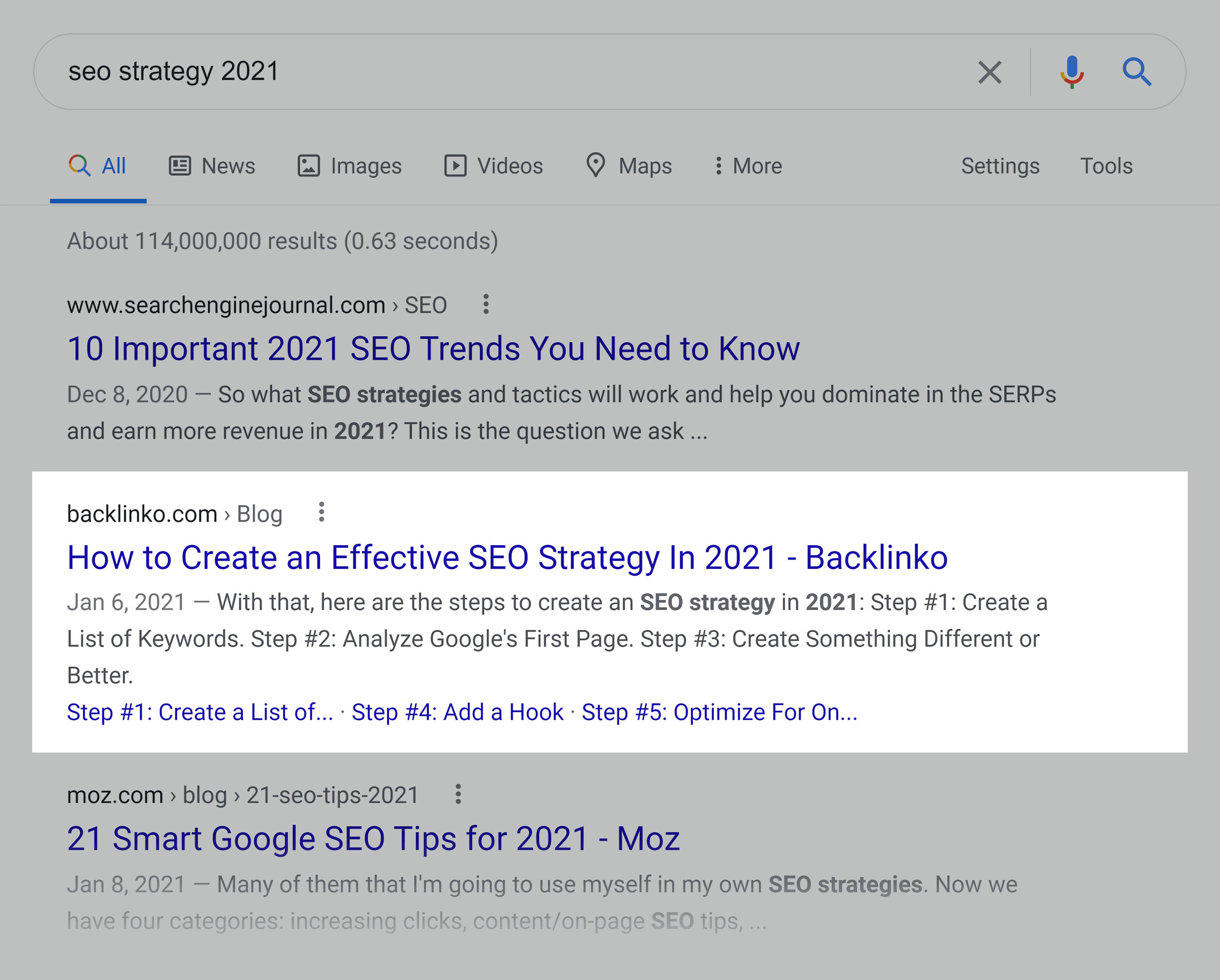
And as I build links to my page, I’ll eventually crack the top 10 for my main keyword.
Step #6: Share on Social Media
It’s time to promote your content on social media.
How you promote depends a lot on your niche.
For example:
If you run a cooking blog, you’ll want to focus on Pinterest or Instagram.
But if you’re in the digital marketing space, a platform like Twitter makes more sense.
In my case, I like to share my post on Twitter the day it goes live:

I also use a boosted Facebook post to get my content in front of more people.
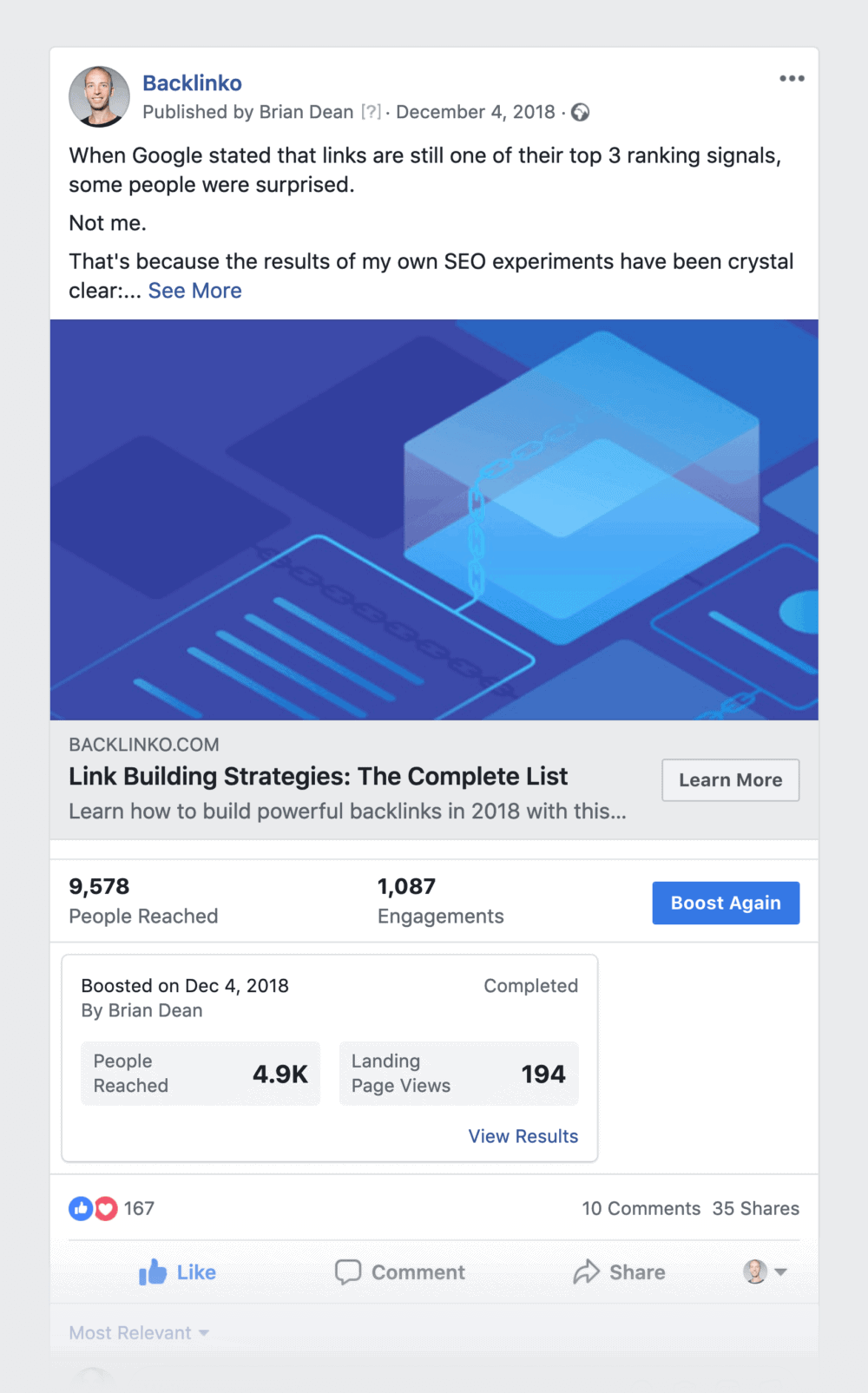
Step #7: Build Links
There’s no doubt about it:
Link building is HUGE.
In fact, a 2019 search engine ranking factors study found that links are still “incredibly important” for ranking highly in Google.
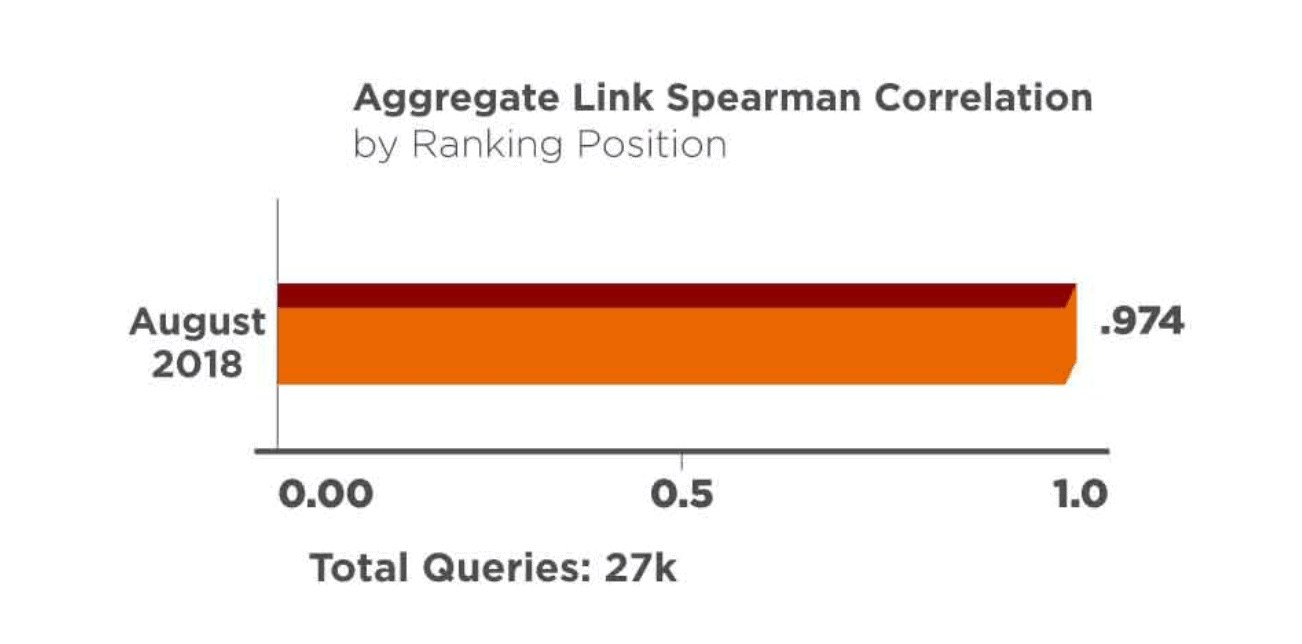
The question is:
HOW do you get people to link to your content?
Your first step is to check out this video:
In this video you’ll learn about the strategies I’m currently using to build backlinks to my site.
And here’s an example of how I used one of the strategies from the video (Broken Link Building) to get bloggers to link to my content.
A while back I published a huge list of 190+ SEO tools.
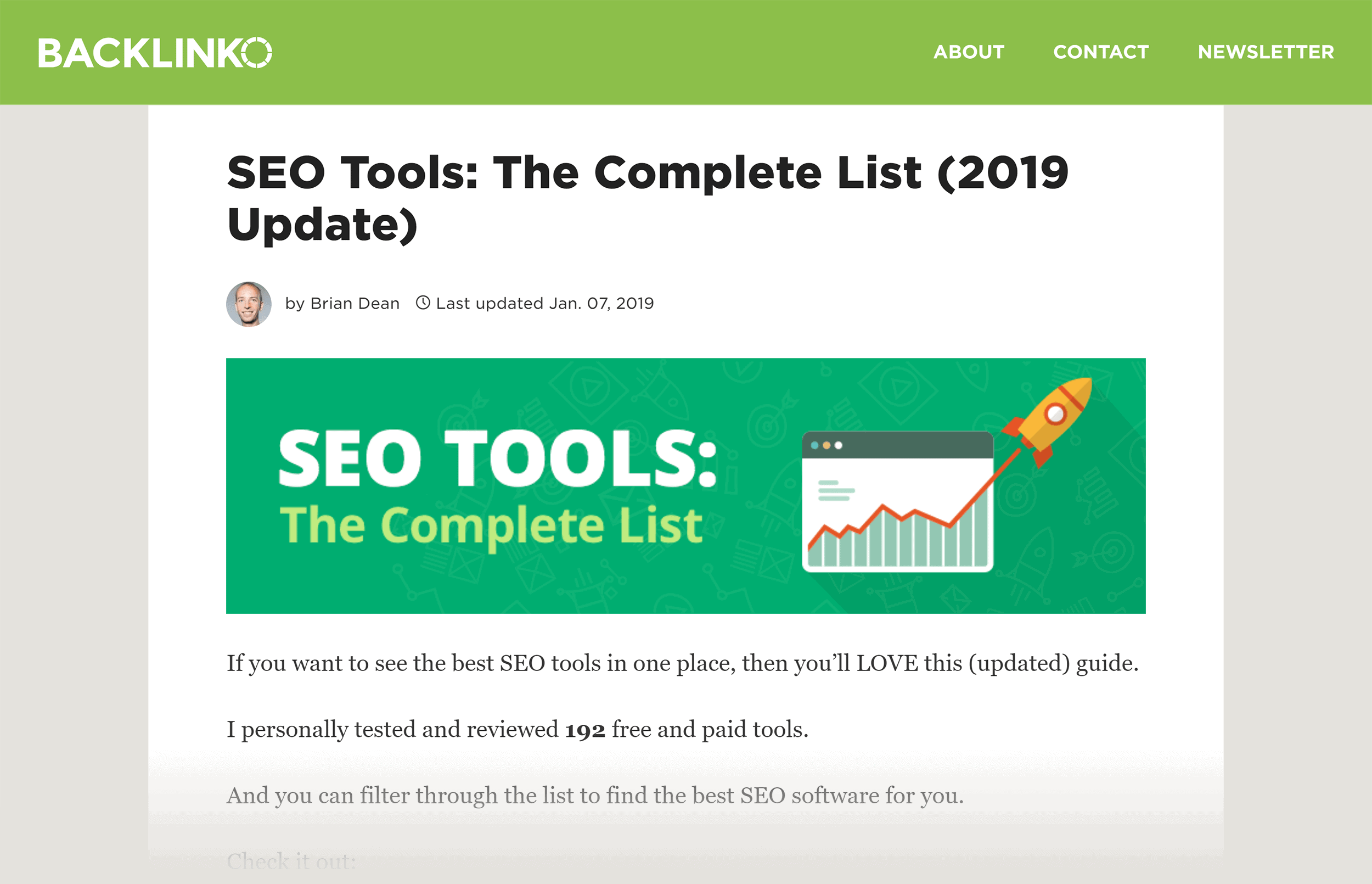
Then, I found dead links on websites in the blogging, SEO and social media space.
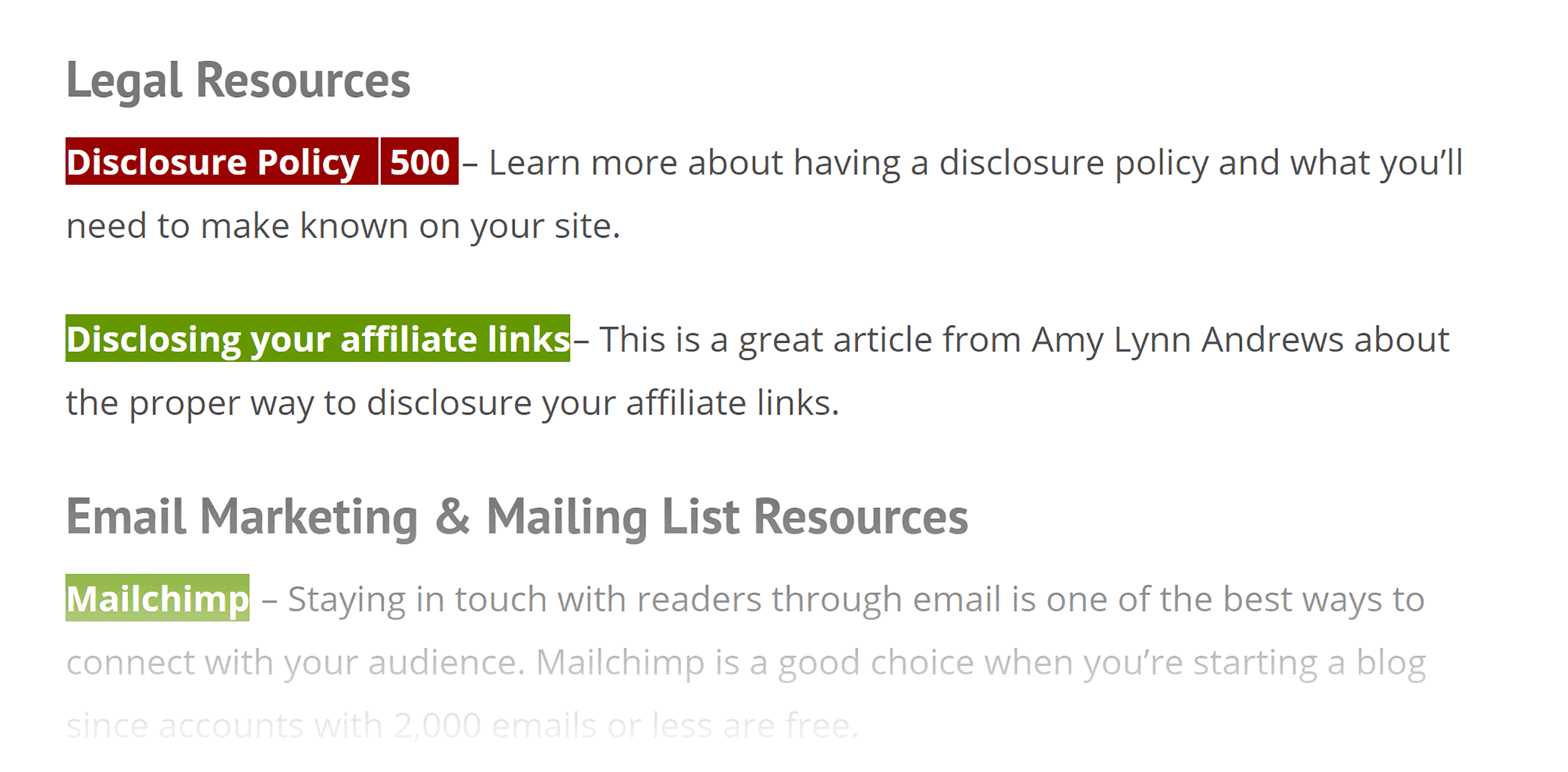
I emailed each of these bloggers to give them a heads up about their dead links. I also sent them my new blog post.

As you can see, it worked like a charm 🙂
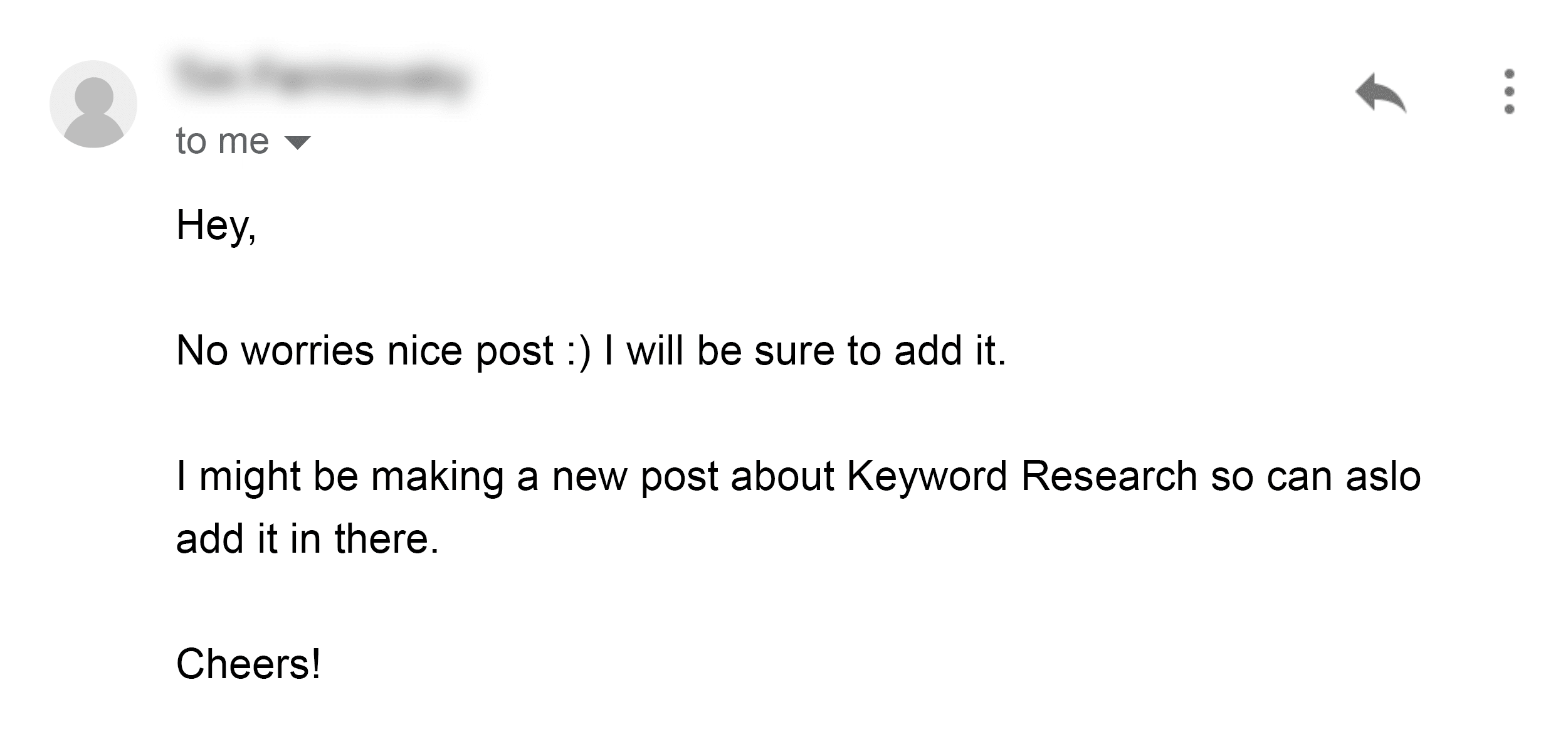
Step #8: Analyze Your Results
Your last step is to see how your content performed.
To do that, I recommend tracking your page’s search engine rankings:

And Organic traffic (using Google Analytics):

You can also look at “Impressions” in the Search Console:
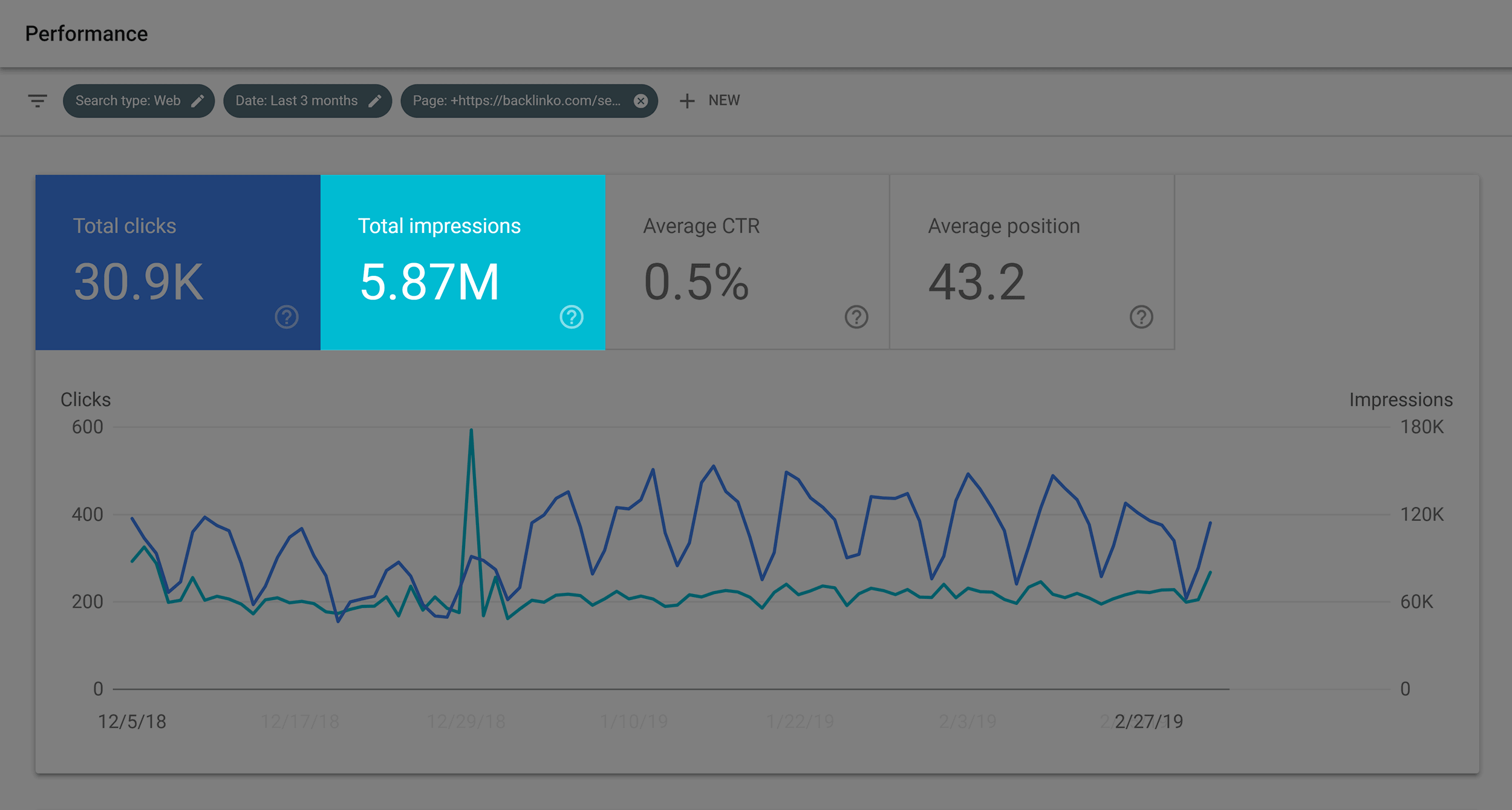
One thing to keep in mind is that SEO can take time.
Even if you follow these steps EXACTLY, it can still take 2-3 months for SEO to “kick in”. So don’t expect a brand new piece of fresh content to rank in Google the next day.
For example, I published this SEO case study some time ago.

Even though my content was optimized for users and SEO, it took about 60 days for that page to hit the first page of Google.
Conclusion
I hope you got a ton of value out of my SEO content guide.
Now I’d like to hear what you have to say.
What’s the #1 tip from today’s post that you want to try first?
Are you going to test out long-form content?
Or maybe you’re ready to try Broken Link Building.
Let me know in the comments section below.